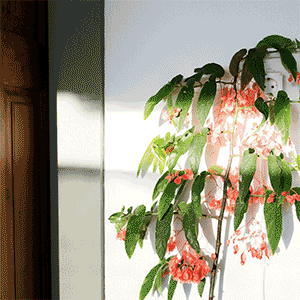Anddje
Aktiv medlem
http://dyxum.com/dforum/forum_posts.asp?TID=5840&PID=45177
David Kilpatrick skriver:
Kan tänkas att de nya Sonyobjekiven har iaf marginellt bättre motljusegenskaper då.
David Kilpatrick skriver:
I've just finished a brief session comparing the former KM 18-70mm DT and the new Sony very closely, in every respect. The Sony sample I have has a very slightly firmer action, smoother, with a less wobbly front unit if extended to 70mm. Operated repeatedly, its aperture blades form a slightly more accurare hexagon at minimum aperture, but both lenses are prone to variations in exact shape and size; the Minolta lens has seen maybe 200-300 actuations on camera, so its less accurate and consistent shape may just be a result of wear.
One definite difference is that the Sony version has new coatings. Minolta has always used coating to balance colour transmission, giving some of the lenses a distinctive look with blue-green or other colours visible on the front glass when suitably angled. Each lens always looked different, because colour and contrast matching was a priority. All the lenses in the Minolta and KM range were matched as closely as possible to the colour transmission and contrast of the 50mm f1.7, even if this meant not using the most effective multicoating from the point of flare and ghosting suppression.
This is the exact opposite of the Zeiss T* approach where contrast and flare suppression take first place over matching across the range, or consistent colour. Each lens has been allowed to reach its maximum potential, even if the resulting image looks slightly different from another Zeiss lens in the same product range.
It looks as if Sony has taken on board the Zeiss method - the new 18-70mm has lost the greenish front reflection of the Minolta version, and acquired almost zero reflection with a slight dark magenta look - highly efficient, transmitting the maximum amount of light:
http://www.pbase.com/davidkilpatrick/image/65073739
It's not very easy to show, but this is not a result of lighting or camera angle, as swapping the two lenses round for a second confirmed. The effect is much more clearly visible when holding the lens and angling it to reflect light. The Sony lens is obviously coated in a completely different way and has very little reflectivity back to the viewer.
Checking the rear groups, the Minolta yields some (impossible to photograph) mainly neutral to blue looking reflections while the Sony yields contrasting magenta and green. In this case, it looks as the the Minolta version had single coatings internally while the Sony now uses multicoating.
So don't judge the new Sony 18-70mm entirely on experience with a KM 18-70mm. More than just the grip ribbing has been changed. The AF also seems faster and quieter, and the image does not jerk sideways as much in the finder when AF operates. There will be a chip change inside, too, to give the lens its new identity and this chip may also incorporate other improvements.
David
minoltaclub.co.uk
Kan tänkas att de nya Sonyobjekiven har iaf marginellt bättre motljusegenskaper då.







